When you’re out at sea, having the right radio communication equipment by your side is essential to keeping you and your crew safe. Today, marine vessels have a variety of communication devices to choose from – each with their own pros and cons.
Discover some of the common types of marine radio communication equipment available, and find what you need at Tecomart – a trusted radio communication supplier since 1994.
1. Very High Frequency (VHF) radios
Very High Frequency (or VHF) radios are one of the most common and versatile marine communication equipment across vessels. VHFs can be used for:
- Sending distress and/or safety signals
- Ship-to-shore communication and other calls to shore
- Navigation
- NOAA weather channels
One limitation of VHFs is that they can usually only extend up to 25 miles. While this still makes them a reliable option for any vessel, other options like Single Side Band (SSB) radios have a much greater transmission range.
Marine VHFs can be mounted onto a table-top or other flush surface like the ICOM IC-M330, or be used as handheld sets like the Standard Horizon HX210 (pictured). When selecting your VHF, look out for additional features that could benefit your crew like the GPS receiver in the Icom IC-M330G.
2. Single Side Band (SSB) Radios
Single Side Band (SSB) radios use high frequency (HF) waves to enable communication across long distances (25 miles or more). Low to medium frequency transmissions can typically cover distances of 50-150 miles (with weather and other conditions considered), and high frequency transmissions can cover up to thousands of miles.
Equipment like the Icom IC-718 (pictured) or IC-M710 ensure you can still keep in contact with key on-shore personnel or other vessels even during your furthest voyages. However, their equipment requires slightly more complicated installation compared to VHFs. SSB radios must be installed with proper grounding to help radiate its signal, as well as a longer antenna with different tuning so it can be adjusted to the different frequency bands.
3. NAVTEX
If your radio communication equipment is broken or delayed out at sea, it’s important to have other means of marine communication available. NAVTEX (sometimes Navtex or NavTex) is a direct-printing service that can help your vessel receive navigational, meteorological, and even urgent maritime safety warnings.
A NAVTEX receiver like the Samyung ENC SNX-300 (pictured) can typically receive both international and local channels for more comprehensive coverage, although within 200 miles off-shore. Bonus features to look for in NAVTEX devices is whether they are GMDSS compliant to ensure more comprehensive safety coverage.
4. GMDSS
The Global Maritime Distress and Safety System (GMDSS ) is a worldwide system for marine automated emergency signal communication, and can take the form of both fixed mount and handheld survival craft radios. GMDSS comprises several systems to help ensure crew’s safety, including:
- Alerting other vessels or shore authorities during emergencies
- Coordinating search and rescue expeditions, or locating vessels
- General or safety-specific broadcasts
- Bridge-to-bridge communication
GMDSS systems also typically provide emergency power sources and redundant options for distress alerting. Vessels under 300 gross tonnage and recreational vessels are not mandated by GMDSS requirements and regulations. Tecomart offers several radio communication equipment compliant with GMDSS requirements including the mounted JRC JHS-800S (pictured) and Samyung ENC SRG-1150DN/1250DN/2150DN, and handheld radio sets like the Icom IC-GM1600E for emergency and survival crafts.
Secure your Crew’s Safety with Tecomart
These are just some of the common marine radio communication equipment you can consider for your vessel, but it is not an exhaustive list. Your vessel’s tonnage, crew size, and intended purpose are just some of the factors that determine which marine radio is the best choice for you.
Tecomart has been a trusted supplier of radio communication equipment for marine and other purposes since 1994. We believe in providing affordable high-quality communications solutions for our clients, for both communication and navigational purposes. Get in touch to find out more about our products and solutions, or to ask for a quote.

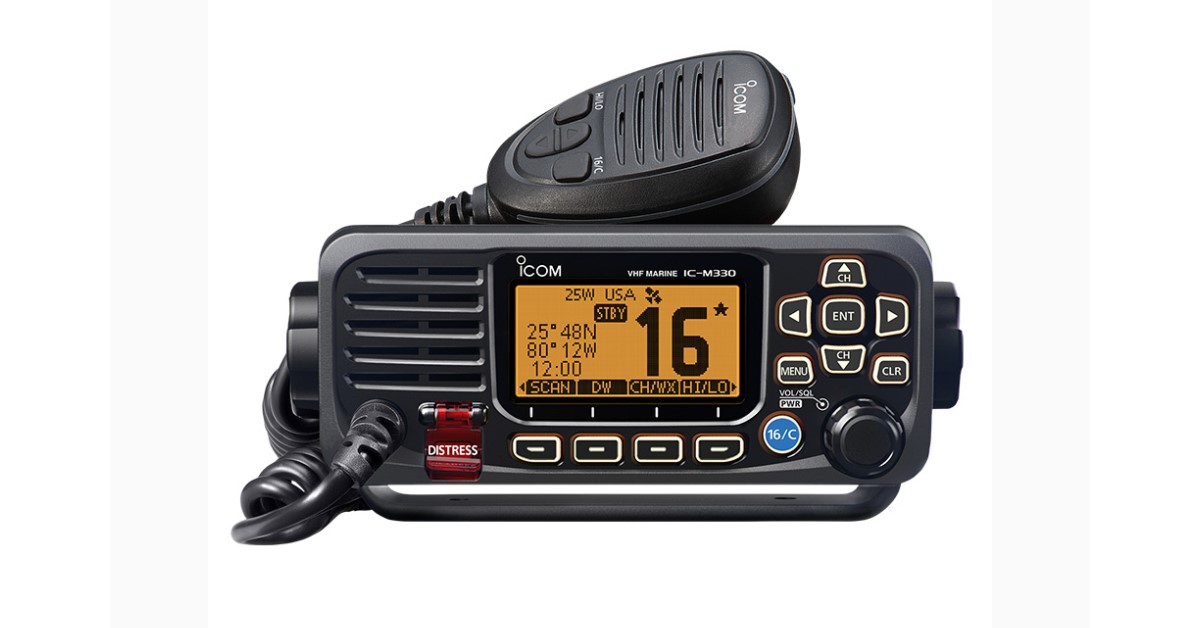
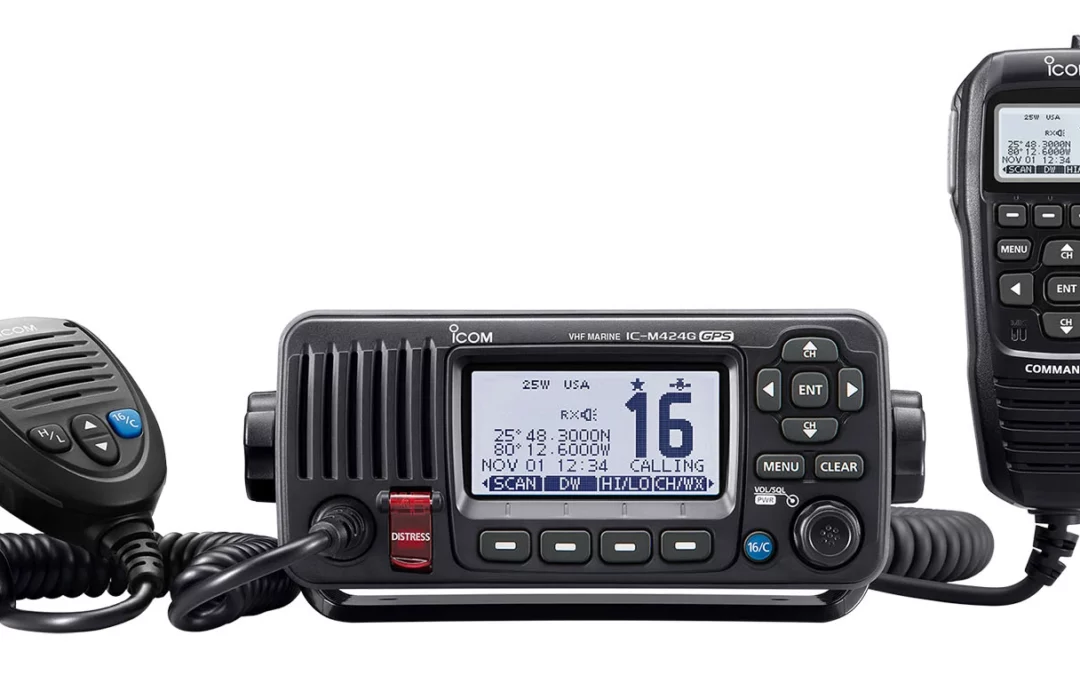
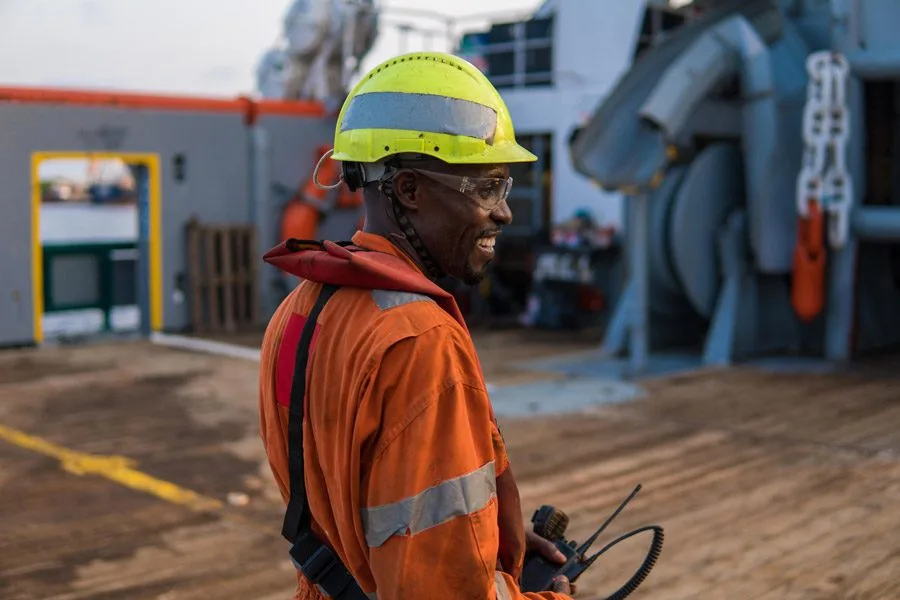
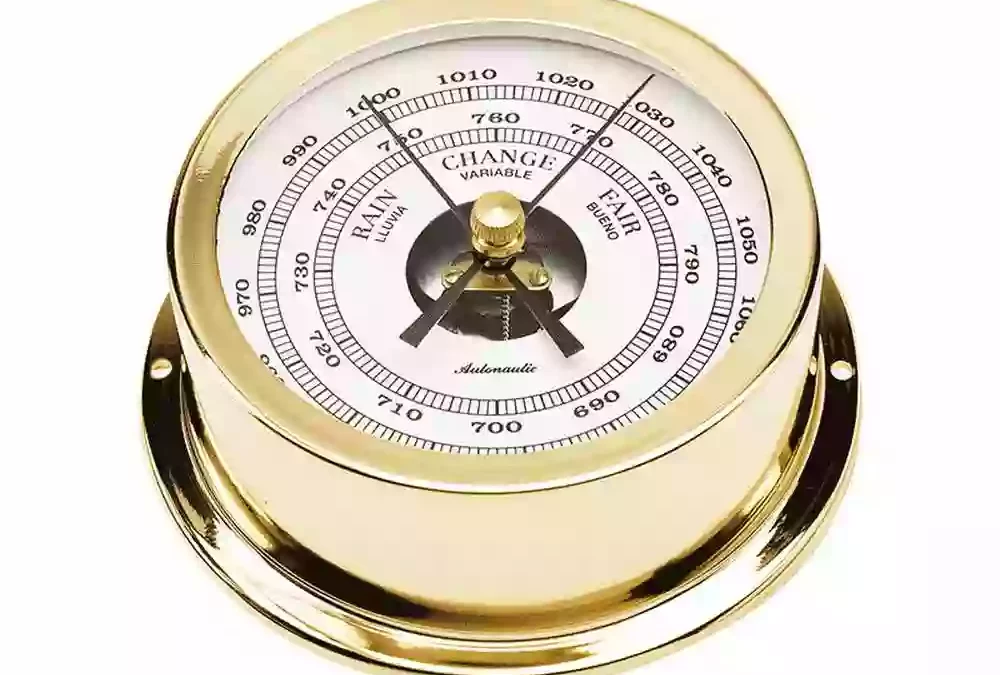
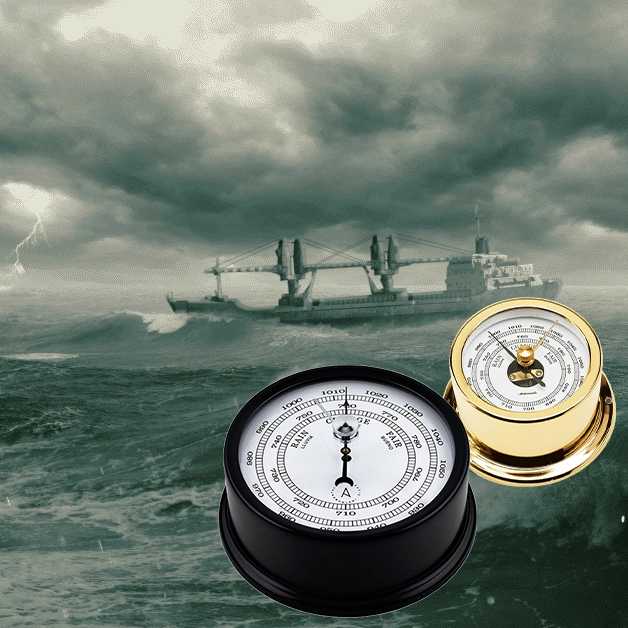

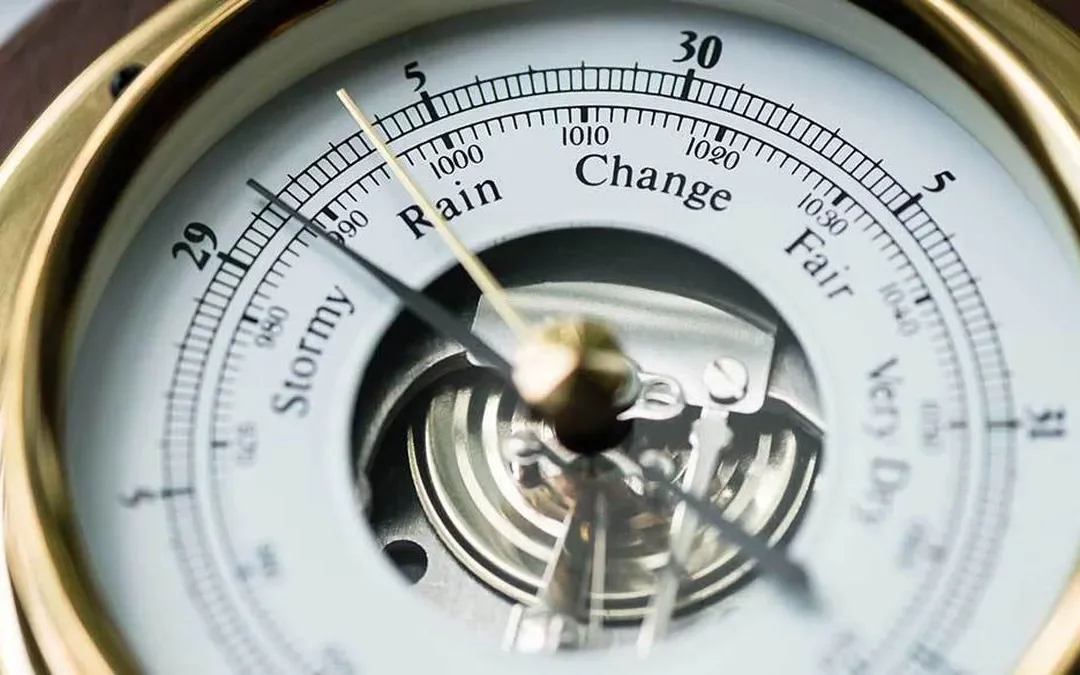
0 Comments